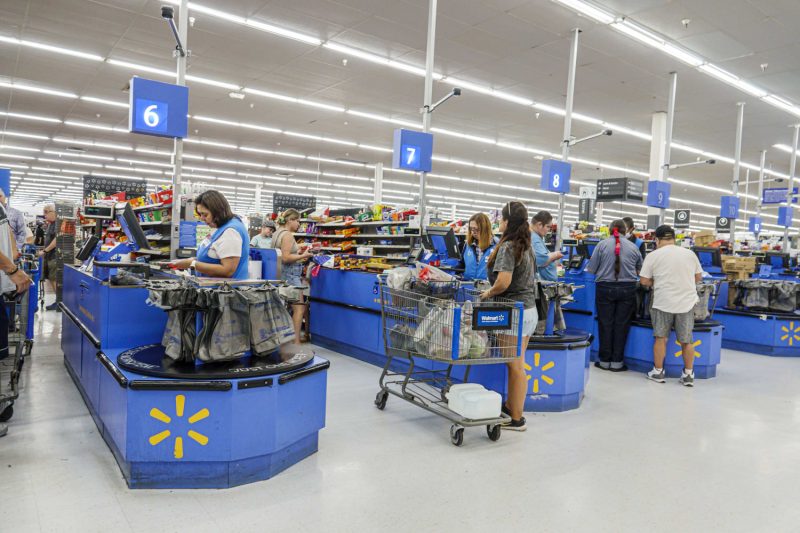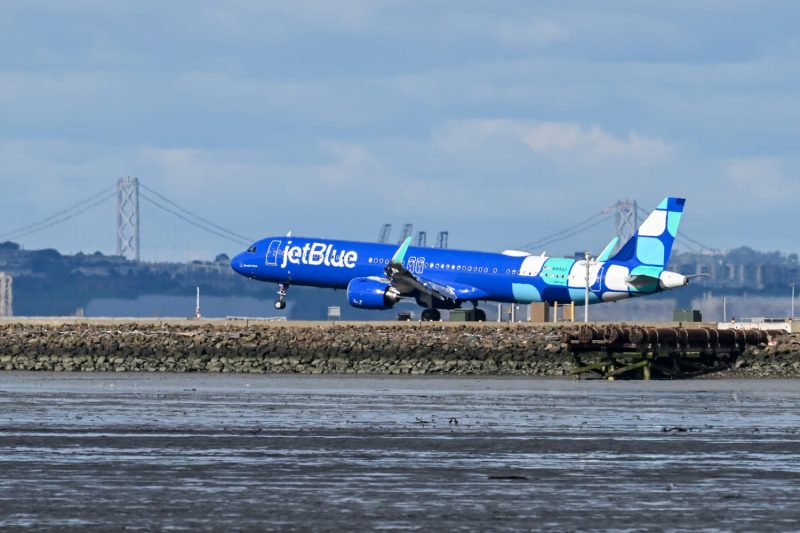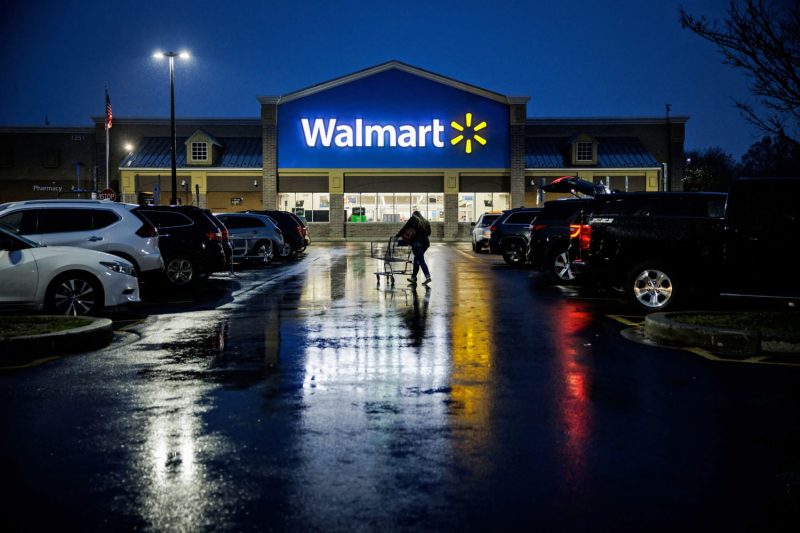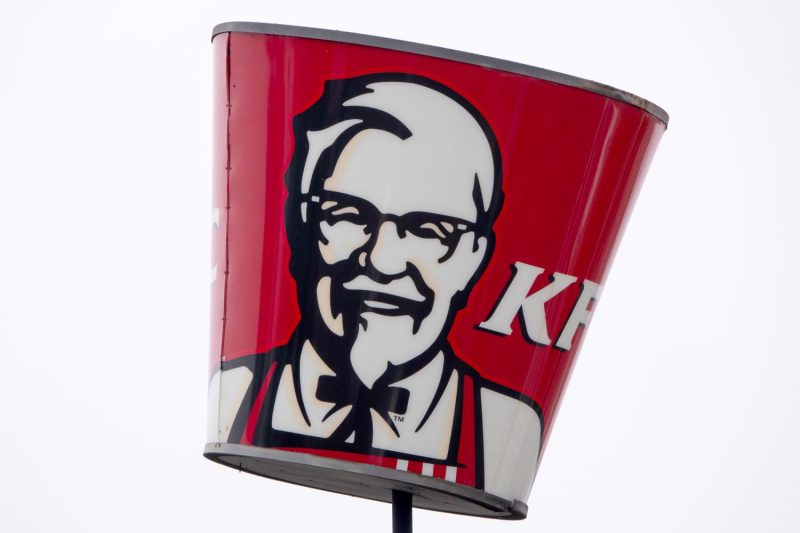
Walmart is known for its low prices and no frills approach.
So it may come as a surprise that wealthier shoppers are helping to fuel the retailer’s growth.
For more than two years, the discounter has noticed more customers with six-figure incomes shopping on its website and in its stores. Households earning more than $100,000 made up 75% of the company’s market share gains in the fiscal third quarter, Walmart CEO Doug McMillon said on the company’s earnings call in November.
Those newer and more frequent customers have helped support the company’s aspirations to sell more higher-margin items, such as clothing and home goods. They are driving Walmart’s e-commerce sales, which have grown by double digits for 10 consecutive quarters. And they can boost the retailer’s newer revenue streams, such as subscription-based membership program Walmart+ and its advertising business Walmart Connect.
As Walmart reports its latest earnings on Thursday, Wall Street will be watching whether those upper-income customers are sticking around, after market share gains helped the retailer’s shares soar about 83% in the last year. Yet some investors have questioned whether Walmart’s traction with affluent shoppers has staying power, especially if the sticker shock of inflation cools.
In an interview with CNBC, Walmart U.S. CEO John Furner acknowledged that the retailer has gained and then lost upper-income customers before, such as in 2008 and 2009 during the Great Recession. Affluent shoppers stretched their dollars at the big-box retailer, but then ultimately returned to competitors.
This time, Furner said the gains will last because Walmart can save shoppers both time and money with e-commerce options.
“It’s different because we deliver to you at the curb [of the store],” he said in the late January interview. “We deliver to your house. We deliver your refrigerator. That whole Supercenter, which is an amazing retail format, is available in an hour or two for a large part of the country and growing really quickly.
Walmart’s expanding digital services have helped convince higher-income shoppers to give it a shot, said Brad Thomas, a retail analyst and managing director at KeyBanc Capital Markets. Some of those newer or more frequent customers have joined Walmart+, a subscription-based membership program that includes perks like free home deliveries. Walmart+, which launched about five years ago, is Walmart’s answer to Amazon Prime.
Walmart has not disclosed the program’s membership count, but it has reported double-digit membership income growth in each of the past four quarters..
Thomas said e-commerce options wipe out a potential hurdle for affluent shoppers: a potential stigma about shopping at the big-box stores themselves.
“There’s a customer in America that doesn’t think of itself as a Walmart shopper,” he said. “They think of themselves as a Target shopper or a Publix or a Whole Foods shopper and through the app and through the delivery capabilities, they can remain a non-Walmart core shopper, but get all the benefits of getting the branded items at Walmart prices.”
As inflation forced shoppers of all incomes to hunt for deals, some wealthier consumers realized they can get the same national brands like Tide detergent or Bounty paper towels from Walmart cheaper and often faster than at Amazon because of Walmart’s nearby stores, he said.
Walmart’s website and app have increased their selection, too, as the company has bulked up its third-party marketplace. Starting this summer, the company began offering premium beauty brands through its website, including hairdryers from T3 and perfumes from Victoria’s Secret.
Shoppers can now find handbags from Chanel and Louis Vuitton, too. Last month, Walmart announced a deal with resale platform Rebag, which sells the items through Walmart’s marketplace.
Yet as Walmart tries to keep those customers, it wants to encourage them to shop in person, as well. Walmart has stepped up investments in its stores to freshen its look and counter negative perceptions that higher-income shoppers might have.
Walmart has sped up the pace of remodels for its more than 4,600 stores across the U.S., with plans to revamp about 650 locations per year, an acceleration from a prior cadence of 450 to 500 per year, said Hunter Hart, senior vice president of Walmart Realty.
Remodeled stores have brighter lighting, wider aisles and mannequins, said Alvis Washington, Walmart’s vice president of retail brand experience. The stores also feature Walmart’s newer and more fashion-forward brands like Scoop and Free Assembly, and national brands that shoppers would recognize, such as Reebok.
The discounter launched a new grocery brand, BetterGoods, last year with colorful packaging and creative flavors that looks similar to merchandise that shoppers might find at Trader Joe’s or Target.
The Walmart U.S. CEO Furner said some of those changes have drawn upper-income customers to the company’s stores and app.
He said Walmart’s market share gains with affluent shoppers have come from online and in-store shopping, but added curbside pickup orders showed early signs of popularity with those customers. Even before the pandemic, Walmart saw that people who shopped with curbside pickup bought more higher-priced items, such as prime beef and seafood, Furner added.
He said that still rings true: Walmart sees more premium items in the shopping baskets of customers who buy online, get home deliveries or use curbside pickup.
Washington said Walmart treaded carefully with its store redesign, realizing it could risk its reputation for low prices and resonance with core customers, who typically have lower incomes. It promoted newer brands, but mixed in familiar staples, such as folded piles of inexpensive bath towels and denim.
“Having a great, elevated experience and great value aren’t mutually exclusive,” Walmart’s Washington said, recounting the company’s approach. “So when we looked at this, it’s like, how do we do both and make sure we can gain new customers and maintain the customers that we have?
When comparing remodeled stores to the rest of the fleet, Washington said higher comparable store sales reflect that customers like the different look. Walmart declined to provide specific numbers, saying it won’t release sales numbers until it reports fourth-quarter earnings.
Walmart’s customer mix for its U.S. e-commerce business hasn’t changed, even as it attracts higher-income shoppers, according to an analysis by market research firm Euromonitor. About 34% of Walmart’s online customers in the U.S. last year had incomes of $100,000 and above, which is roughly flat compared to two years prior.
Michelle Evans, global lead for retail and digital shopper insights at Euromonitor, said that indicates that Walmart is also gaining market share from lower- and middle-income customers.
Walmart still has a smaller share of higher-income shoppers than some key rivals: 49% and 48% of online U.S. shoppers at Target and Amazon, respectively, have incomes above $100,000.
Amazon remains a formidable competitor, especially when it comes to wealthier shoppers and general merchandise categories, Evans said. But Walmart’s biggest edge is its grocery department.
One of Walmart’s newer, higher-income shoppers is Francesca Frink. The 30-year-old lives in the Chicago suburb of Park Ridge, Ill. with her husband, Sam, 1-year-old son and their English setter. The Frink family’s combined annual household income is over $200,000.
Last fall, Francesca Frink signed up for Walmart+ after her mother-in-law ordered a stroller from Walmart’s website and got it dropped at her door three hours later.
Initially, she said she hesitated to order fresh foods from Walmart. She bought packaged items like pasta and flour. Yet over time, the couple began ordering a larger portion of groceries, dog treats and even clothes for their son from Walmart.
The Frinks have stopped going to their old grocery store, Kroger-owned supermarket Mariano’s. They estimate that their weekly grocery bill is about 20% cheaper.
Previously, the couple said they avoided Walmart because their nearest store is outdated. Yet Sam Frink said the game has changed with curbside pickup and home deliveries.
“You don’t have to go in,” he said. “That’s the biggest thing.”
Francesca Frink said home deliveries from Walmart, included in their Walmart+ membership, save the couple time while they juggle two careers, a toddler and a dog. Plus, she said she found that Walmart had the grocery items she wanted and even those she didn’t expect, including organic blueberries, natural peanut butter and specialty mushroom ravioli.
Still, Francesca Frink said she still faces some apprehension from friends and family about buying groceries from Walmart.
But she said they’ve been surprised when they’ve tried and liked food items from Walmart.
In her day job, Euromonitor’s Evans tracked Walmart’s digital gains with higher-income shoppers. Yet she also saw it firsthand in her household.
Her husband signed the family up for Walmart+. During the holiday season, he told her all of his Christmas purchases would be coming from the discounter.
“He made a comment that all the gifts were coming from Walmart, and obviously that comes with a certain impression,” she said.
So she was surprised when she opened his gift and discovered it was a Michael Kors tote.
This post appeared first on NBC NEWS




















